Understanding Herniated Discs - Causes, Symptoms, and Treatment Options
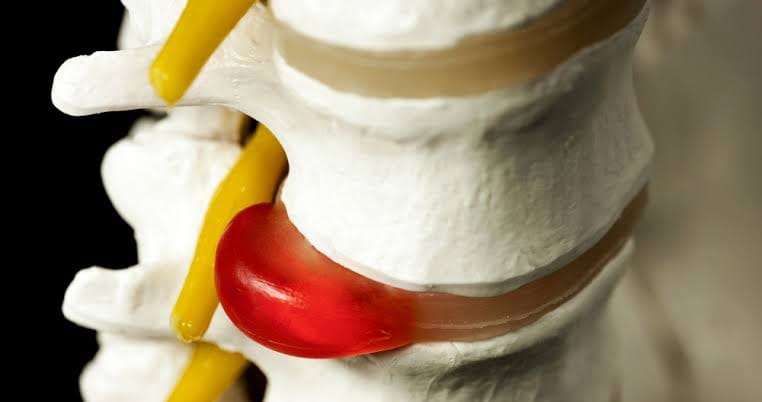
What is a Herniated Disc?
A herniated disc, also known as a slipped disc or ruptured disc, occurs during when pressure from the vertebrae above and below forces some or all of the nucleus pulposus through a weakened or torn part of the annulus.
Understanding the Anatomy of a Herniated Disc
The spine consists of vertebrae, which are cushioned by discs. These discs have two main parts: the annulus, a tough outer layer, and the nucleus pulposus, a soft, gel-like center. When the annulus is weakened or torn, the nucleus pulposus can bulge out, putting pressure on nearby nerves.
Common Locations for Herniated Discs
While herniated discs can occur in any part of the spine, they most often occur in the lower back (lumbar spine). This is because the lumbar spine bears the majority of the body's weight and is subject to the most stress and strain.
Key Facts About Herniated Discs
Herniated discs can be caused by a combination of factors, including:
- Age-related wear and tear
- Genetic predisposition
- Obesity
- Smoking
- Repetitive strain or injury
Causes of Herniated Disc
A herniated disc occurs when the soft, gel-like center of a spinal disc bulges out through a tear in the outer, tougher layer. Several factors can contribute to this condition, including:
1. Gradual, Aging-Related Wear and Tear
Over time, spinal discs can degenerate due to natural aging processes, leading to a loss of flexibility and increased risk of herniation.
2. Incorrect Lifting Techniques
Using back muscles instead of leg and thigh muscles to lift heavy objects can put excessive strain on spinal discs, increasing the risk of herniation.
3. Twisting and Turning While Lifting
Twisting and turning movements while lifting heavy objects can further increase the risk of herniating a spinal disc.
4. Traumatic Events
Sudden, traumatic events such as falls or blows to the back can cause spinal discs to herniate, especially in younger individuals.
Symptoms of Herniated Disc
A herniated disc can manifest in various ways, and its symptoms can vary depending on the location and severity of the herniation. The following are some common symptoms of a herniated disc:
Pain, Numbness, or Weakness in an Arm or Leg
Pain, numbness, or weakness in an arm or leg is a common symptom of a herniated disc. This occurs when the herniated disc puts pressure on the surrounding nerves, causing pain and discomfort in the affected limb.
Most Often Affects One Side of the Body
In most cases, a herniated disc affects one side of the body. This means that the pain, numbness, or weakness will be limited to one arm or leg, rather than both.
Can Occur in the Neck or Lower Back
A herniated disc can occur in either the neck (cervical spine) or lower back (lumbar spine). The symptoms will vary depending on the location of the herniation. For example, a herniated disc in the neck may cause pain and numbness in the arm, while a herniated disc in the lower back may cause pain and numbness in the leg.
Treatment Options for Herniated Disc
Treatment for herniated discs depends on the severity of the condition and the individual's overall health. The primary goal of treatment is to alleviate pain, reduce discomfort, and promote healing. Here are some common treatment options:
1. Physiotherapy
Physiotherapy plays a crucial role in managing herniated disc symptoms. A physical therapist can help you develop a customized exercise program to improve flexibility, strength, and range of motion.
2. Physical Exercises like Stretching
Gentle stretching exercises can help relieve pressure on the disc and reduce pain. Exercises like pelvic tilts, knee-to-chest stretches, and cat-cow stretches can be beneficial.
3. Chiropractic Treatment Options
Chiropractic care involves spinal manipulation and adjustments to help realign the spine, relieve pressure on the disc, and promote healing.
4. Therapeutic Ultrasound
Therapeutic ultrasound uses high-frequency sound waves to reduce inflammation, relieve pain, and promote healing.
5. Epidural Steroid Injections
Epidural steroid injections involve injecting corticosteroids into the epidural space to reduce inflammation and relieve pain.
6. Spinal Surgery (in severe cases)
In severe cases where conservative treatments fail, spinal surgery may be necessary to remove the herniated disc, relieve pressure on the spinal cord or nerves, and stabilize the spine.
Prevention of Herniated Disc
While herniated discs can occur due to various reasons, including age and genetics, there are certain measures that can be taken to prevent or reduce the risk of developing a herniated disc. Here are some ways to prevent herniated discs:
Exercise to Strengthen Trunk Muscles
Regular exercise can help strengthen the muscles in your trunk, which includes your abdomen and back. Stronger muscles can provide support to your spine and reduce the pressure on your discs. Focus on exercises that target your core muscles, such as planks, bridges, and pelvic tilts.
Maintain Good Posture
Maintaining good posture can reduce the pressure on your spine and discs. Make sure to sit and stand up straight, with your shoulders back and weight evenly distributed on both feet. Avoid slouching or bending, which can put unnecessary strain on your spine.
Lift Heavy Objects Correctly
Lifting heavy objects incorrectly can put sudden pressure on your spine and discs, leading to a herniated disc. To lift heavy objects correctly, bend at the knees, keep the object close to your body, and lift with your legs rather than your back. Avoid twisting or turning while lifting, as this can also put unnecessary strain on your spine.
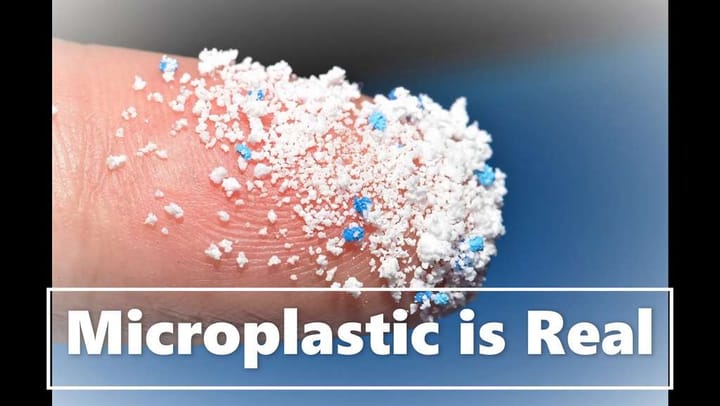
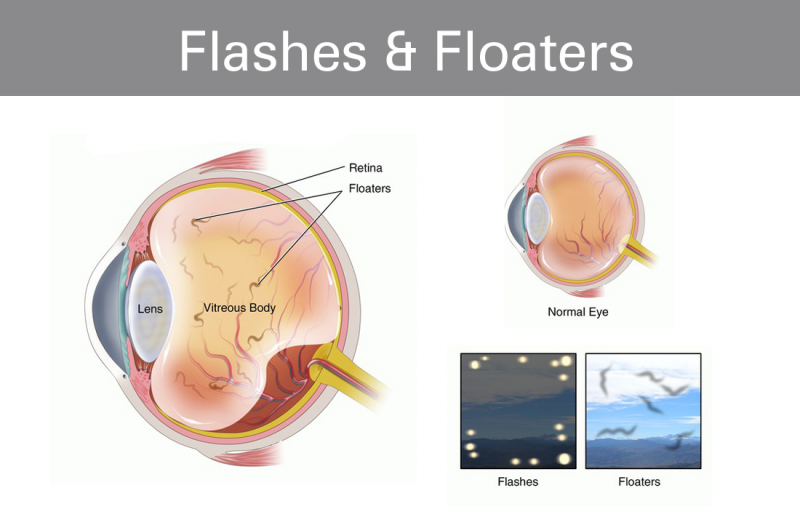
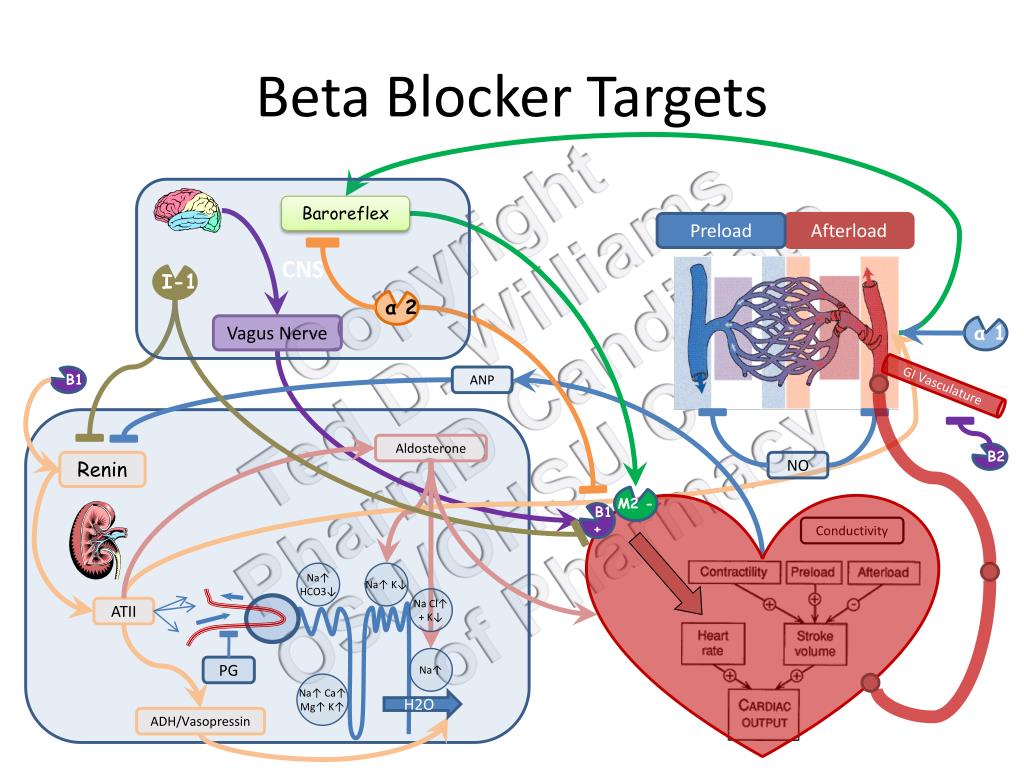

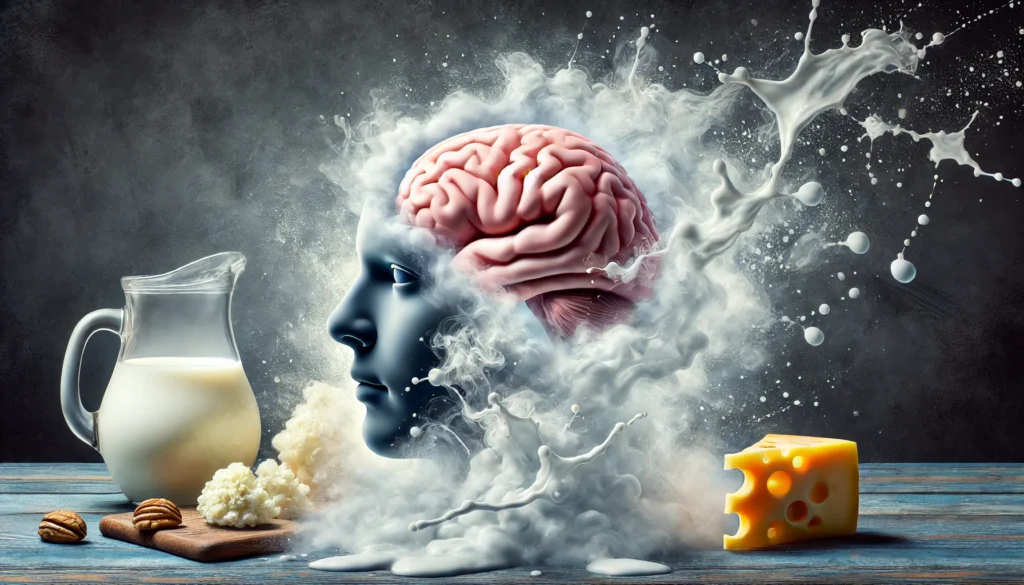


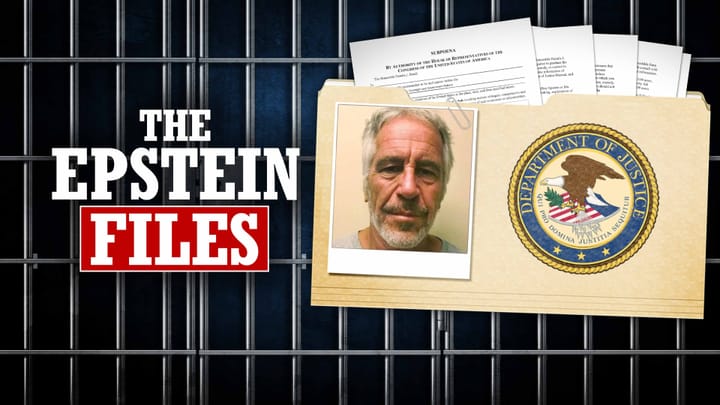
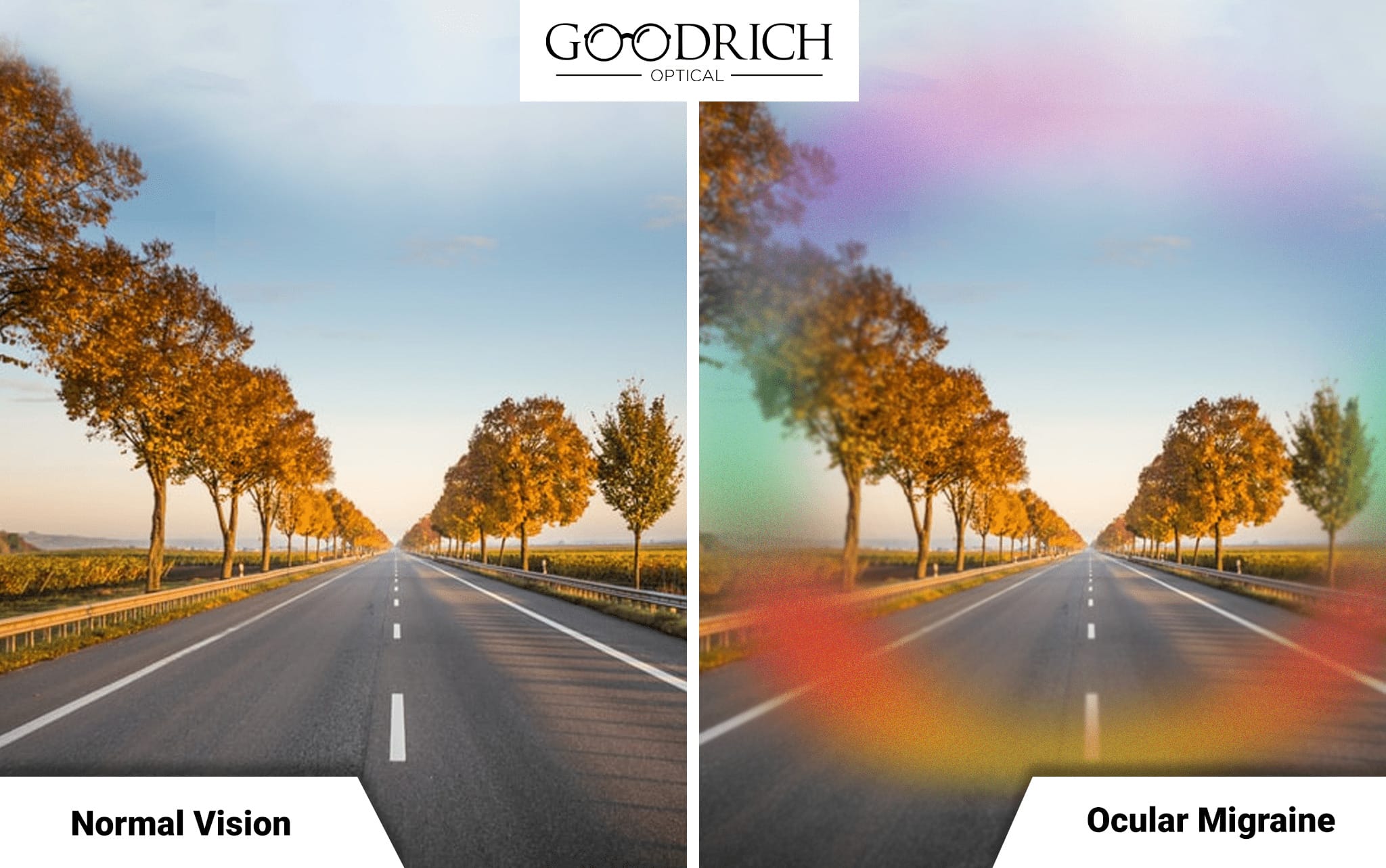
Comments ()